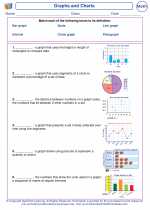Reflection Symmetry
Reflection symmetry, also known as mirror symmetry, is a property of a shape or object where one half is a mirror image of the other half. When an object has reflection symmetry, it means that if you were to fold the object along a line, one side would exactly match the other side.
An easy way to identify reflection symmetry is to imagine placing a mirror along the line of symmetry. If the reflected image in the mirror perfectly matches the original shape, then the object has reflection symmetry.
For example, the uppercase letter "H" has reflection symmetry because it can be folded along a vertical line in the center, and both sides will match each other. On the other hand, the letter "J" does not have reflection symmetry because its mirror image would not match the original shape.
Reflection symmetry is an important concept in geometry and art, and it helps us recognize patterns and understand the properties of shapes and designs.
Understanding reflection symmetry can also help us solve problems and create balanced and visually appealing designs.
Overall, reflection symmetry is a fascinating aspect of geometry that can be found in many shapes and objects around us.
[Reflection Symmetry] Related Worksheets and Study Guides:
.◂Math Worksheets and Study Guides Third Grade. Graphs and Charts
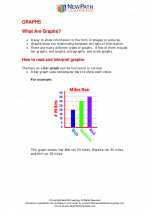
 Activity Lesson
Activity Lesson
 Activity Lesson
Activity Lesson
 Activity Lesson
Activity Lesson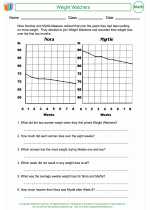
 Worksheet/Answer key
Worksheet/Answer key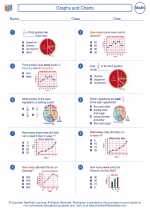
 Worksheet/Answer key
Worksheet/Answer key
 Worksheet/Answer key
Worksheet/Answer key
 Worksheet/Answer key
Worksheet/Answer key
 Worksheet/Answer key
Worksheet/Answer key
 Worksheet/Answer key
Worksheet/Answer key
 Worksheet/Answer key
Worksheet/Answer key
 Worksheet/Answer key
Worksheet/Answer key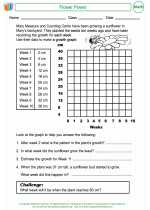
 Worksheet/Answer key
Worksheet/Answer key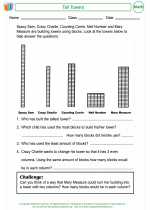
 Worksheet/Answer key
Worksheet/Answer key
 Vocabulary/Answer key
Vocabulary/Answer key